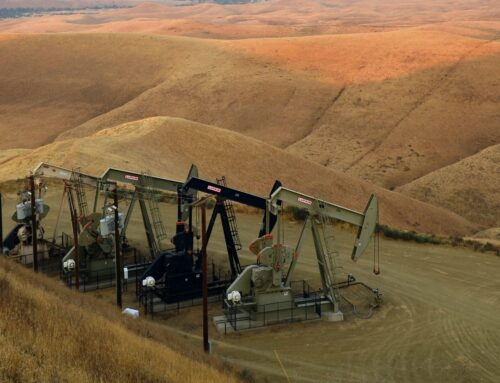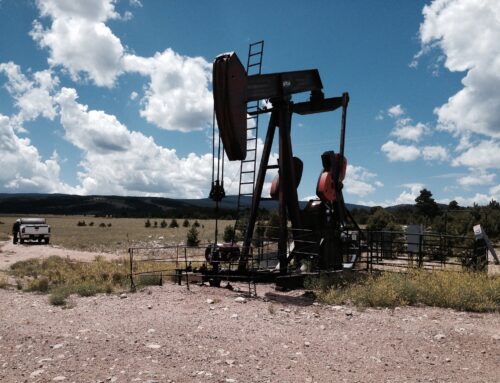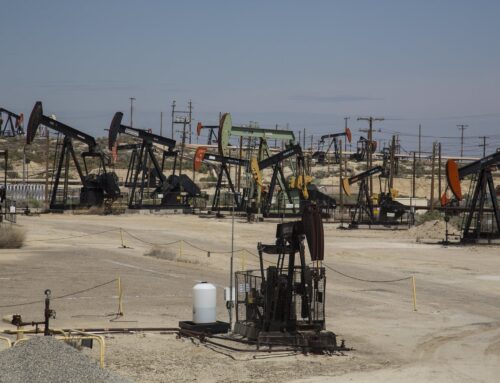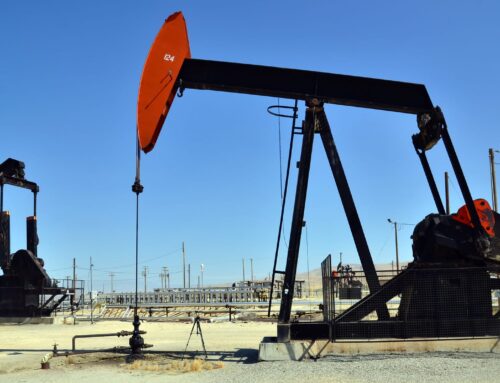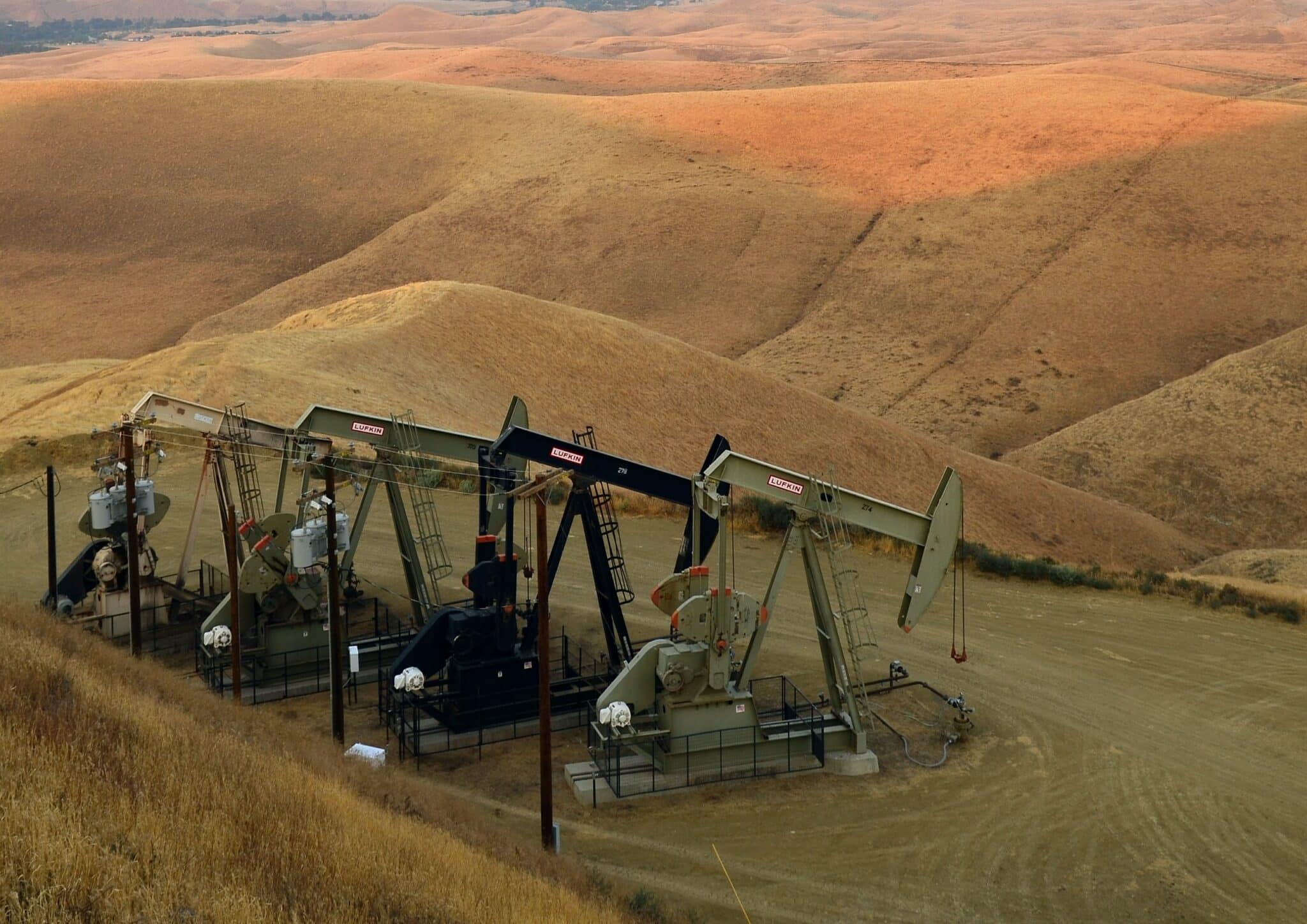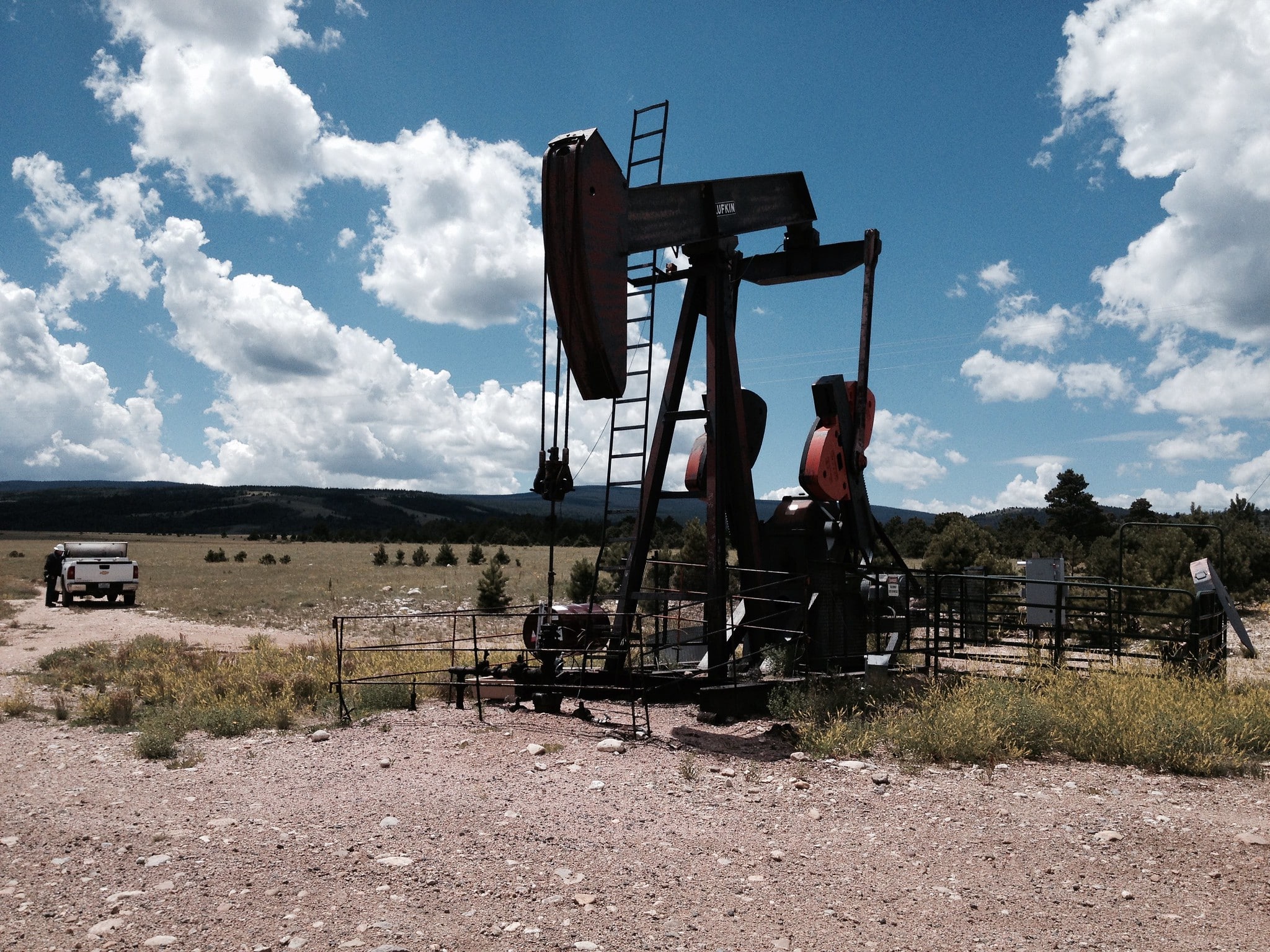The President’s fiscal year (FY) 2025 budget request includes significant funding increases for the U.S. Forest Service (USFS) and the U.S. Department of the Interior (DOI) Wildland Fire Management (WFM) accounts. These accounts, which reflect a majority of the total federal wildfire spending, would receive a combined increase of $404 million (+12%) over the recently enacted FY24 appropriations and $545 million (+17%) over FY23 appropriations, with a substantial portion of this increase to expand the federal firefighting workforce and increase compensation. Additionally, USFS and DOI would have access to $2.65 billion through the joint Wildfire Suppression Operations Reserve Fund.
As we documented in our recent report, Clearing the Smoke, federal appropriations for wildfire prevention, suppression, and recovery extend across a number of different federal agencies and departments, including the Federal Emergency Management Agency (FEMA), the Department of Energy (DOE), and the National Oceanic Atmospheric Administration (NOAA), among others. The Administration’s budget request also proposes increased funding for these agencies to address the wildfire crisis. For example, the FEMA budget request includes a $50 million increase for Assistance to Firefighters Grants (AFG) and Staffing for Adequate Fire and Emergency Response (SAFER) grants to support nonfederal firefighting organizations, while the DOE budget request includes a $5 million allocation for research, development, and demonstration projects aimed at reducing wildfire risk for energy infrastructure.
The FY25 budget request builds on the more than $12 billion appropriated to the USFS and DOI for wildfire-related activities through the Infrastructure Investment and Jobs Act (IIJA, P.L. 117-58) and the Inflation Reduction Act (IRA, P.L. 117-169) over the coming years.
This increase in FY25 wildfire-related spending also follows the release of the final report from the Wildland Fire Mitigation and Management Commission (the Commission), an interagency commission charged with formulating recommendations for better managing wildfires and federal wildfire spending. The report advocates for robust and sustained funding for wildfire activities and the improvement of internal structures for the effective utilization of these funds. However, agency officials testified at a recent Senate Energy and Natural Resources Committee hearing that the budget submission deadline preceded the report’s release, therefore the FY25 budget request does not take into account the report’s recommendations.
In addition to the proposed funding levels for FY25, agency-level budget justification materials report on past spending and set goals for future spending. Metrics are paramount to evaluating the outcomes and cost effectiveness of different risk reductions programs, and should be used to direct funding towards programs that are most effective at meeting risk mitigation goals. The Forest Service currently uses “acres treated” as key performance index for measuring for wildfire-related strategic goals and objectives. Specifically, the Forest Service reports the “annual acreage treated to reduce or maintain fuel conditions on NFS and non-Federal lands” and the “annual acreage of NFS lands where final treatment effectively mitigates wildfire.”
TCS noted in Clearing the Smoke that utilizing “acres treated” to measure wildfire mitigation activities may fail to accurately evaluate the effectiveness of treatments and whether its an efficient use of taxpayer resources. The Commission concurred, stating that output-focused metrics like acres treated often “incentivize treating areas that can be reached at low cost rather than those with the highest risk or highest restoration potential,” and recommended adopting outcome-based performance metrics.
The Forest Service is also retiring a third key performance index for wildfire risk reduction, “number of high priority areas where treatments have occurred to reduce wildfire risk to communities,” for FY24 reporting, while providing no information on the replacement metric. The agency states it “will continue to focus on outcomes, rather than acres treated, and is working on more effective ways to communicate this internally and externally.” However, the budget request offers scant evidence of how the agency plans to achieve that goal.
Furthermore, the Administration’s budget request proposes extending the Forest Service and DOI’s use of the Good Neighbor Authority (GNA) to 2025. DOI also proposes to expand the authority to the U.S. Fish and Wildlife Service (FWS) and the National Park Service (NPS). These contracts allow agencies to use federal timber proceeds to offset the costs of resource management services provided by contractors through the GNA. While granting agencies the authority to conduct or contract cross-boundary activities is crucial, the complete retention of timber sale revenues by state and local entities can create challenges, as it diverts funds from other federal resource management activities and makes states and counties rely on variable and unsustainable income streams. Additionally, agreements utilizing the Good Neighbor Authority do not require funding announcements, limiting the public’s ability to monitor this spending.
U.S. Forest Service
The Administration’s FY25 budget requests $2.55 billion for the Forest Service’s Wildland Fire Management account, a 10% increase over recently enacted FY24 appropriations and a 20% increase over FY23 regular appropriations.
Select U.S. Forest Service Appropriations ($, thousands)
FY23 Regular Appropriations |
FY24 Request |
FY24 Appropriations |
FY25 Request |
|
| Wildland Fire Management | 2,116,956 | 2,641,632 | 2,312,654 | 2,550,442 |
|
Preparedness |
192,000* | 208,000 | 192,000 | 204,500 |
|
Suppression |
1,386,000** | 1,011,000 | 1,011,000 | 1,011,000 |
|
Salaries and Expenses |
913,956 | 1,422,632 | 1,109,654 | 1,334,942 |
| Wildfire Suppression Operations Reserve Fund | 2,210,000 | 2,300,000 | 2,300,000 | 2,390,000 |
| Other Wildfire Programs | ||||
|
Joint Fire Science Program |
4,500 | 4,500 | 3,000 | 4,000 |
|
National Fire Capacity |
76,000 | 76,000 | 76,000 | 76,000 |
|
Rural Fire Capacity |
21,000 | 21,000 | 21,000 | 21,000 |
|
Hazardous Fuels |
207,000 | 322,988 | 175,450 | 207,000 |
*Includes $160 million in supplemental appropriations in the Disaster Relief Supplemental Appropriations Act of 2023.
** Supplemental appropriations in the Disaster Relief Supplemental Appropriations Act of 2023
- Salaries and Expenses – $1.3 billion: The primary driver of the overall budget increase is the Salaries and Expenses line item, which is proposed at 20% over FY24 appropriations and a whopping 46% over FY23 appropriations. The Administration intends to use this funding bump for a base pay increase, building on investments from the IIJA, and to hire an additional 570 permanent firefighters.
- Preparedness – $204.5 million: This line item includes the fixed costs for fire management assets in preparation for wildfire events, including training and education, firefighting equipment, and aviation costs – not be to be confused with funding for land management activities to reduce the risk of wildfire, such as prescribed burns. The proposed budget for Preparedness represents a 7% increase over FY24 levels, with $2.5 million of this increase earmarked for establishing a Joint Office for Wildfire Science and Technology with the Department of Interior to enhance wildland fire management technology.
- Suppression – $1.011 billion: This funding is the primary source for wildfire suppression operations and immediate post-fire damage control. Access to the Wildfire Suppression Operations Reserve Fund requires that Forest Service suppression operations be funded at $1.011 billion, reflecting the ten-year average cost for wildfire suppression operations as requested in the President’s FY15 Budget.
- Wildfire Suppression Operations Reserve Fund – $2.4 billion: Established in 2018, this fund provides additional federal funds for urgent wildfire suppression activities. Initially available in FY2020 with $2.25 billion to be shared between the Forest Service and DOI, the fund’s annual maximum funding level is set to increase by $100 million every fiscal year until FY2027.
The Forest Service funds various programs directly and indirectly related to federal wildfire management. Below are several key proposed line items:
- Joint Fire Science Program – $4 million: An interagency partnership between the USFS and DOI, this program supports basic and applied research in wildfire science. The budget requests an increase from the $3 million allocated in FY24.
- National Fire Capacity – $76 million: This program offers grants and technical assistance to states for wildfire-related activities, with no change in funding proposed from FY23 and FY24 levels.
- Rural Fire Capacity – $21 million: The Rual Fire Capacity program provides grants and technical assistance to volunteer fire departments in rural communities for wildfire-related activities. The FY25 budget maintains funding at the FY24 and FY23 levels.
- Hazardous Fuels – $207 million: This line item funds hazardous fuels reduction projects on National Forest land, as well as fully and partially funding other USFS grants. In FY24, hazardous fuels reduction was funded at nearly half of the Administration’s request and at 15% less than the previous year. USFS was appropriated a combined $2.3 billion for hazardous fuels reduction projects in the IIJA and IRA. The FY25 budget proposes to return funding to FY23 levels.
Department of the Interior
The Administration has requested $1.6 billion for the DOI WFM account, an increase of 15% over FY24 appropriations and 10% over FY23 levels.
DOI Wildland Fire Management Appropriations ($, thousands)
FY23 Appropriations |
FY24 Request |
FY24 Appropriations |
FY25 Request |
|
| Wildland Fire Management | 1,167,786 | 1,325,886 | 1,113,471 | 1,279,510 |
|
Preparedness |
427,159* | 592,487 | 492,364 | 568,777 |
|
Suppression |
458,657** | 383,657 | 383,657 | 383,657 |
|
Fuels Management |
247,000 | 293,272 | 214,450 | 287,606 |
|
Burned Area Rehabilitation |
20,470 | 20,470 | 10,000 | 20,470 |
|
Facilities Construction and Maintenance |
10,000 | 32,000 | 10,000 | 15,000 |
|
Joint Fire Science Program |
4,500 | 4,000 | 3,000 | 4,000 |
| Wildfire Suppression Operations Reserve Fund | 340,000 | 350,000 | 350,000 | 360,000 |
*Includes $45.3 million in supplemental appropriations in the Disaster Relief Supplemental Appropriations Act of 2023.
** Supplemental appropriations in the Disaster Relief Supplemental Appropriations Act of 2023
- Preparedness – $567 million: The preparedness line item, which funds personnel, equipment, and other firefighting resources, sees a 16% increase over FY24 appropriations and 33% over FY23. The Administration plans to allocate $50 million in new spending for increasing federal and tribal firefighters’ compensation, $40 million to hire 63 new employees, and $2.5 million to establish the Joint Office for Wildfire Science and Technology with USDA. Unlike the Forest Service WFM account, DOI does not have a separate line item of salaries and expenses.
- Suppression – $384 million: This program funds a range of actions taken to directly extinguish and manage wildfires, including those for resource benefits. Suppression operations are set at $384 million, the average cost over ten years for wildfire suppression operations requested in the President’s FY15 Budget, which is required in order to access the Wildfire Suppression Operations Reserve Fund.
- Fuels Management – $288 million: Allocating funds for hazardous fuels reduction projects on DOI land, the Administration proposes a 34% increase from FY24 and a 16% increase from FY23, primarily for firefighter compensation.
- Burned Area Rehabilitation – $20 million: This program supports efforts to repair or improve burned landscapes. FY24 appropriations cut funding for this program by more than half. DOI was appropriated $225 million for Burned Area Rehabilitation in the IIJA. Proposed funding for FY25 would return spending to FY23 levels.
- Facilities Construction and Maintenance – $15 million: The budget proposes a 50% increase over FY24 and FY23 levels, which will be directed at expanding and improving housing for wildland firefighters.
- Joint Fire Science Program – $4 million: Proposed funding for the interagency partnership is an increase from the $3 million recently appropriated for FY24, but is less than what was appropriated in FY23.
- Wildfire Suppression Operations Reserve Fund – $360 million: The Reserve Fund is requested at its maximum level for FY25.

